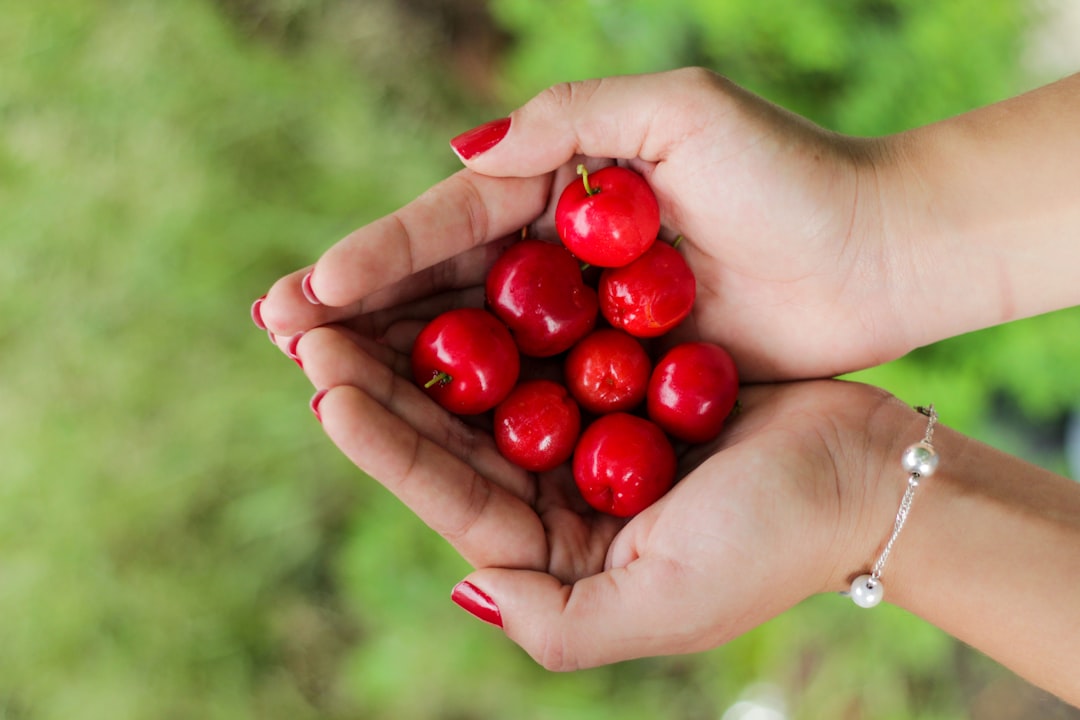Fertilizing fruit trees properly is key to healthy growth, abundant harvests, and disease resistance. Whether you prefer organic methods or conventional fertilizers, understanding when, what, and how to fertilize will ensure your trees get the nutrients they need without overfeeding or causing harm.
In this guide, we’ll explore the nutrient needs of fruit trees, the differences between organic and conventional fertilizers, and the best fertilization practices for each stage of growth.
Why Fertilizing Fruit Trees Matters
🌿 Encourages strong root and branch development
🍎 Boosts fruit size, flavor, and yield
💪 Strengthens disease and pest resistance
🍂 Prevents nutrient deficiencies like yellow leaves or small, weak fruit
Understanding Fruit Tree Nutrients
Fruit trees require three primary macronutrients:
🔹 Nitrogen (N) – Promotes leaf and branch growth.
🔹 Phosphorus (P) – Supports root and flower development.
🔹 Potassium (K) – Improves fruit quality and disease resistance.
They also need micronutrients like iron, zinc, calcium, and magnesium for overall health. Deficiencies in these nutrients can lead to poor growth, leaf discoloration, and low fruit production.
Organic vs. Conventional Fertilizers
🌱 Organic Fertilizers
✔ Slow-release, long-lasting nutrients
✔ Improves soil health & microbial activity
✔ Eco-friendly and sustainable
Common Organic Fertilizers:
✅ Compost – Provides a balanced mix of nutrients.
✅ Manure (aged) – Excellent nitrogen source (chicken, cow, horse).
✅ Bone Meal – Rich in phosphorus for root and flower development.
✅ Fish Emulsion or Seaweed Extract – Boosts growth and micronutrient levels.
✅ Wood Ash – Adds potassium (use sparingly).
💊 Conventional Fertilizers
✔ Fast-acting and precise nutrient control
✔ Higher concentration of nutrients
✔ Easier to apply in large orchards
Common Conventional Fertilizers:
✅ Balanced NPK Granular Fertilizer (e.g., 10-10-10, 20-10-10) – General-purpose feeding.
✅ Ammonium Nitrate (High Nitrogen Fertilizer) – Encourages leafy growth.
✅ Superphosphate – Improves root and flower health.
✅ Potassium Sulfate – Enhances fruit development.
🚨 Caution: Overusing synthetic fertilizers can lead to excessive nitrogen, which encourages leaf growth over fruiting and can harm beneficial soil organisms.
When and How to Fertilize Fruit Trees
1. Newly Planted Trees (First Year)
🌱 Focus on root establishment, not heavy feeding.
-
Organic approach: Apply a light layer of compost and mulch around the base.
-
Conventional approach: Use a mild starter fertilizer (e.g., 5-5-5) at half strength.
🚫 Avoid high-nitrogen fertilizers – These encourage too much leafy growth at the expense of roots.
2. Young, Non-Bearing Trees (1-4 Years Old)
🌿 Encourage branch development & strong roots.
-
Organic approach: Apply compost, fish emulsion, or slow-release organic fertilizers in early spring and mid-summer.
-
Conventional approach: Apply a balanced fertilizer (10-10-10) in early spring and again in late summer.
🚫 Avoid late-season fertilization – This can promote tender new growth that is vulnerable to frost.
3. Mature, Bearing Trees (5+ Years Old)
🍎 Support fruit production & maintain tree health.
-
Organic approach: Apply compost in early spring, then side-dress with bone meal and potassium-rich fertilizers before flowering.
-
Conventional approach: Use a fruit tree fertilizer (e.g., 10-5-15) in early spring and after fruit set.
✔ Best Practice: Fertilize just before bud break in spring for maximum absorption.
4. Drought or Stress Conditions
🌞 Adjust feeding to prevent overloading trees under stress.
-
Reduce nitrogen if the tree is suffering from heat or drought stress.
-
Use liquid organic fertilizers like kelp or fish emulsion to provide a gentle nutrient boost without overwhelming the tree.
Signs of Over-Fertilization & Under-Fertilization
🚨 Over-Fertilization Symptoms:
❌ Excessive leafy growth with few flowers or fruit.
❌ Leaf burn (yellow or brown edges).
❌ Weak, spindly branches.
🚨 Under-Fertilization Symptoms:
❌ Slow growth and pale or yellowing leaves.
❌ Small, tasteless fruit or low yields.
❌ Poor flowering and weak branches.
Final Thoughts
Fertilizing fruit trees correctly can make a huge difference in growth, health, and fruit yield. Whether you prefer organic or conventional methods, adjusting your approach to your tree’s age and season will ensure strong, productive trees for years to come.

Comments
No comments yet. Be the first to comment!
You must be logged in to comment. Login